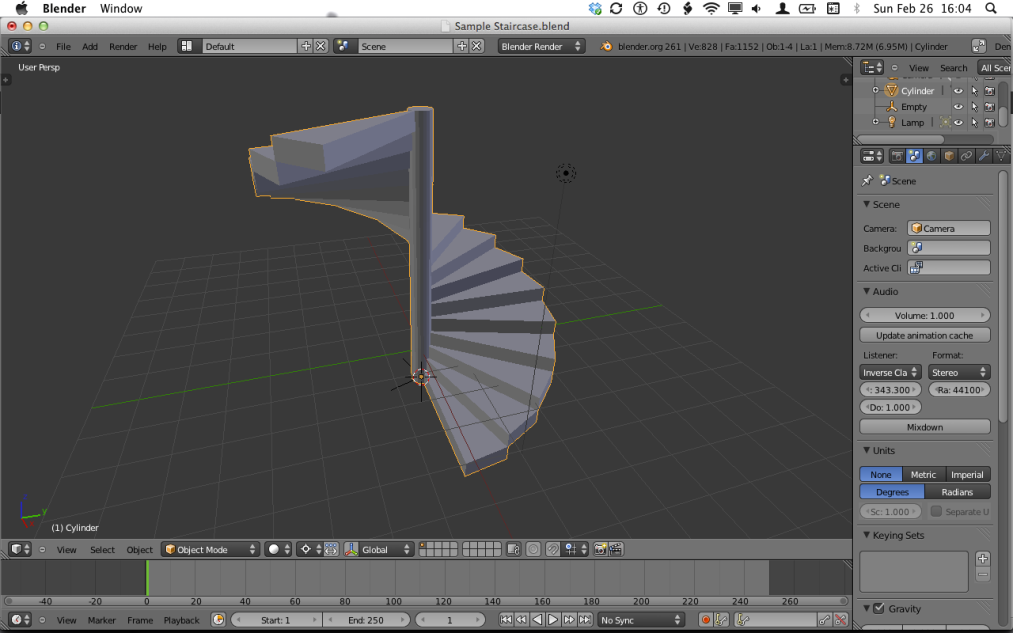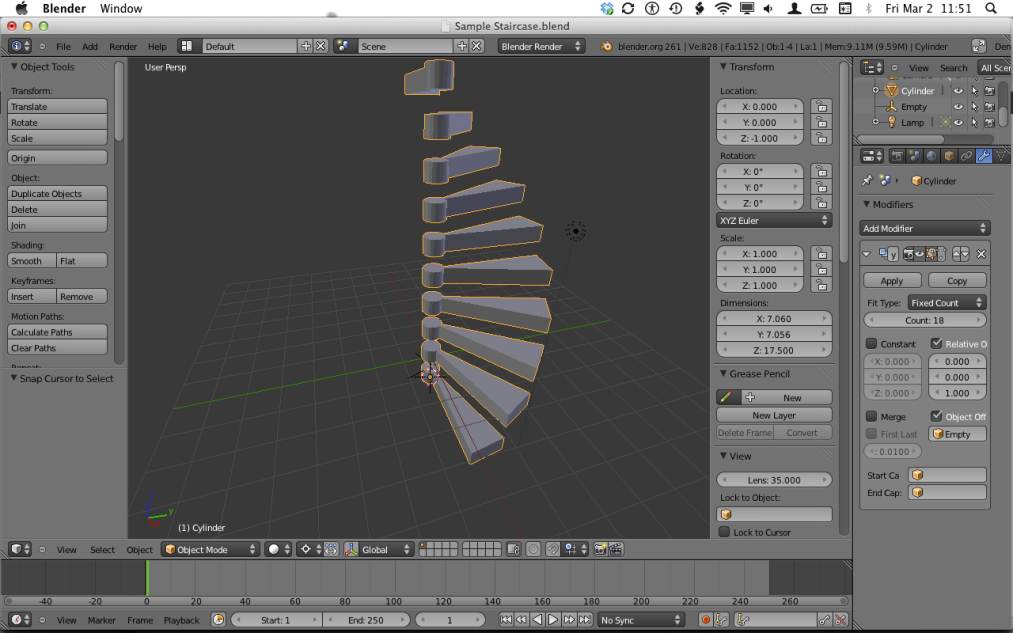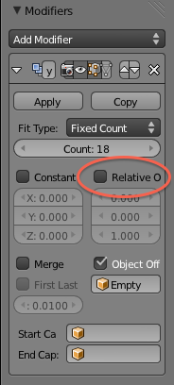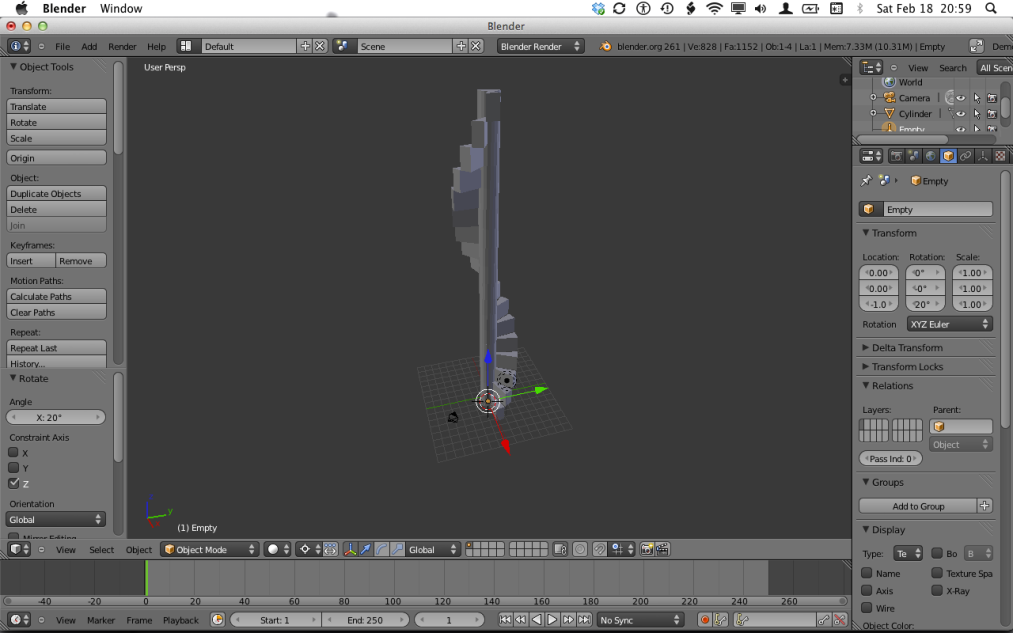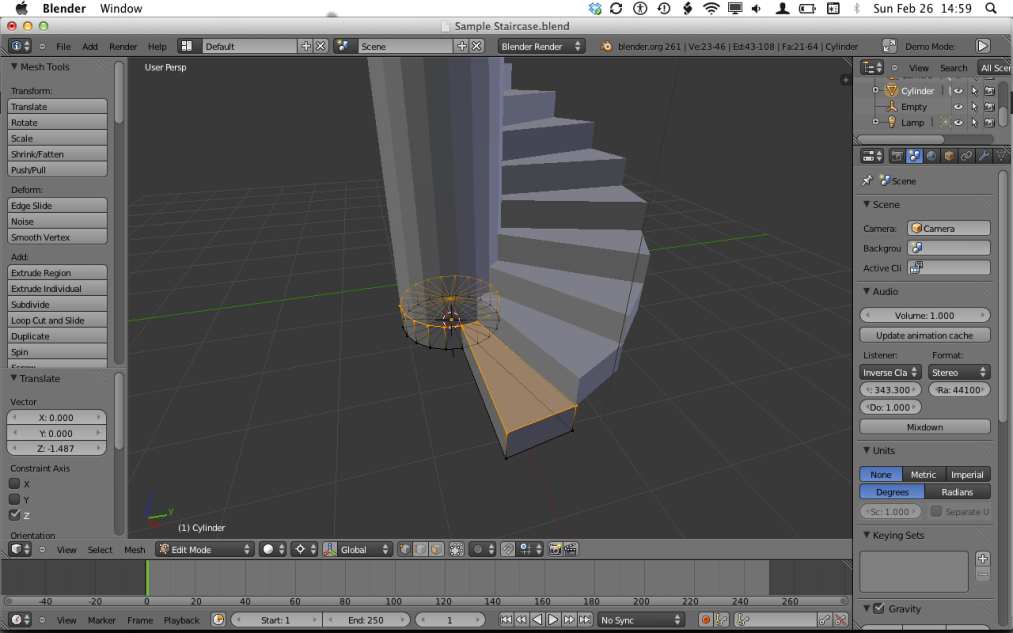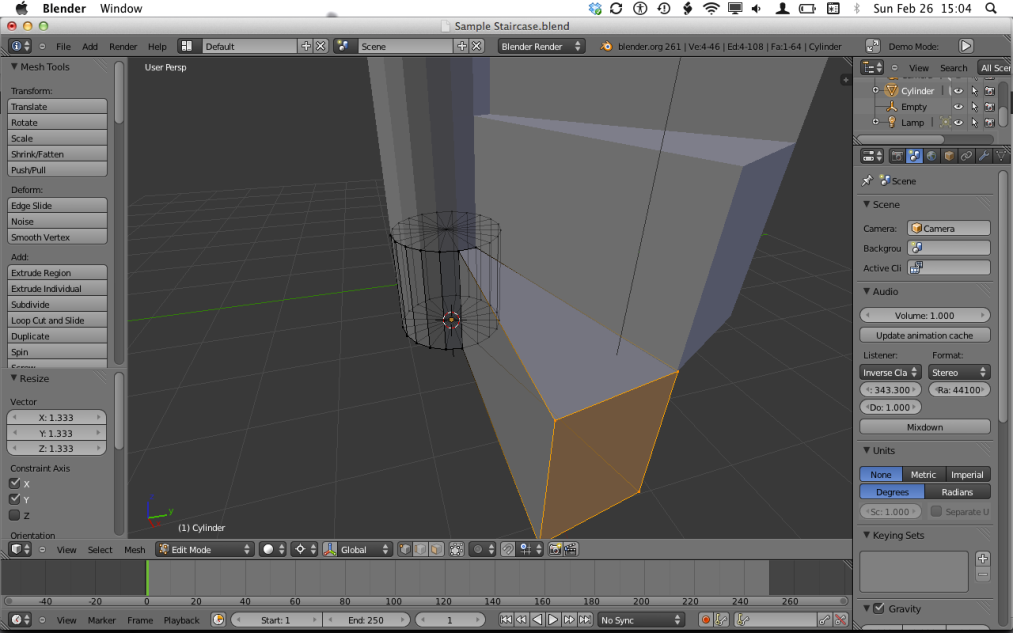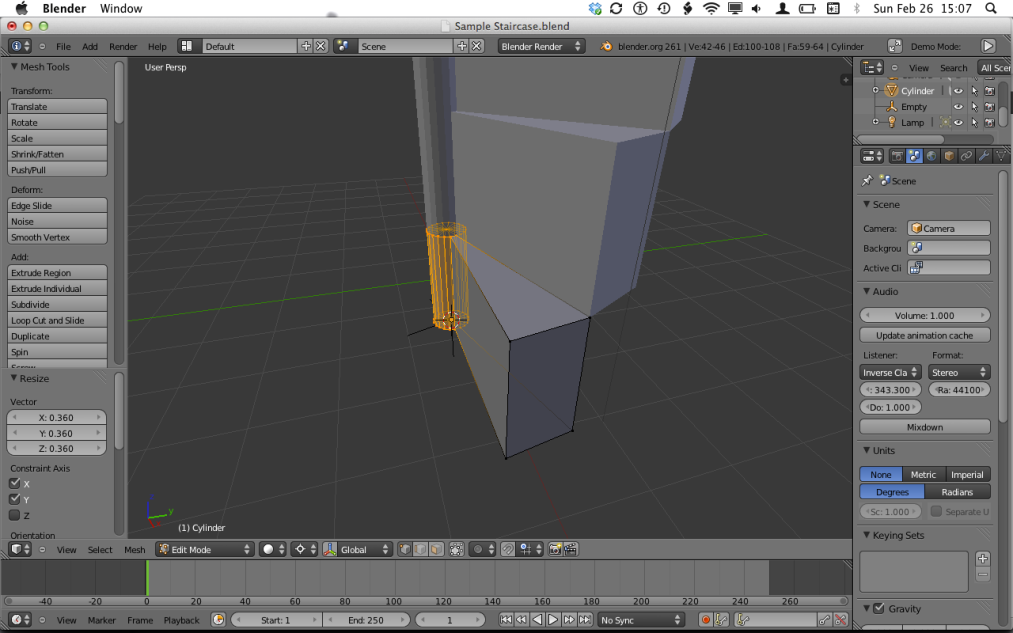Adapted from a talk I gave on August 16th for the Northbay Business Referral Group.
The term “curator” gets bandied about a lot lately. Several bloggers have commented on this, and it is a legitimate gripe. It’s natural, I think, for a new idea to slosh about a bit, sometimes splashing messily, before it finds its level. However, just because an idea gets overused by some enthusiastic promoters doesn’t mean it isn’t valuable. With that in mind, I leap to the defense of the curator metaphor. Here’s why:
I’ve volunteered in my local museum, and have seen curators at work.
- When you’re a curator, you depend, to at least some degree, on others to provide artifacts to exhibit.
- These artifacts might arrive in a dilapidated state and need some cleaning or fixing up.
- The person bringing the artifact may not be entirely clear on its significance, necessitating some research.
- Some of the artifacts that are brought to the museum might not turn out to be relevant to the museum’s topic and must be rejected.
- If there are gaps in the topic that need to be addressed, you might need to go looking for other relevant artifacts.
- You need to decide how to display the artifact, determine where it goes in relation to everything else, put it in its display case or on its plinth, and write up the little sign next to it that explains what it is and how it is significant.
Without all of this work, the artifacts in a museum would be a random pile of junk. With all of this work, the museum presents a pleasing, understandable picture of its chosen topic, whether it is a period of history, a place, the natural world, a technology, or anything else. In marketing terms, the museum can now present a coherent message.
A parallel occupation that has been in the information curation world for many years is the technical writer. I choose this occupation not only because I am one, but because it is a relatively mature occupation, and fairly well defined in comparison to, say, social media. (No sarcasm intended.) A document, particularly in the technical writing world, is much like a museum exhibit:
- You, the writer, depend on subject matter experts (often called SMEs) for your material.
- The material is often not suitable for the intended audience. This is no reflection on the SME; their job is usually to speak to other specialists, after all.
- Connections may need to be made from SMEs’ contributions to the larger body of information.
- Material needs to be selected for relevance; if something is outside what the audience needs, it needs to go.
- If there are audience needs that your SMEs cannot meet, you need to educate yourself on that topic and find the necessary information.
- The disparate materials need to be massaged for their level of detail, terminology, tone, and many other things. They need to be put in a logical order, and supporting materials like indexes and tables of contents must be created.
The result, when this work is done well, is a coherent, organized document that gives an audience exactly what it needs.
As you might guess from what I’ve been saying so far, there is one criticism of the “curator” meme that I agree with, and that is the casual application of the term. The museum curator’s job is not easy; it requires work and substantial knowledge and training. In the same way, a technical writer’s job is far from trivial.
- Simple aggregation of material adds some value, but not a lot.
- Adding commentary to an item is better.
- Organizing the content and providing context is even better.
- Structuring the content to an audience’s needs is better still.
As with the rest of life, you get out what you put in. If you want to add value to your content, do the work.



